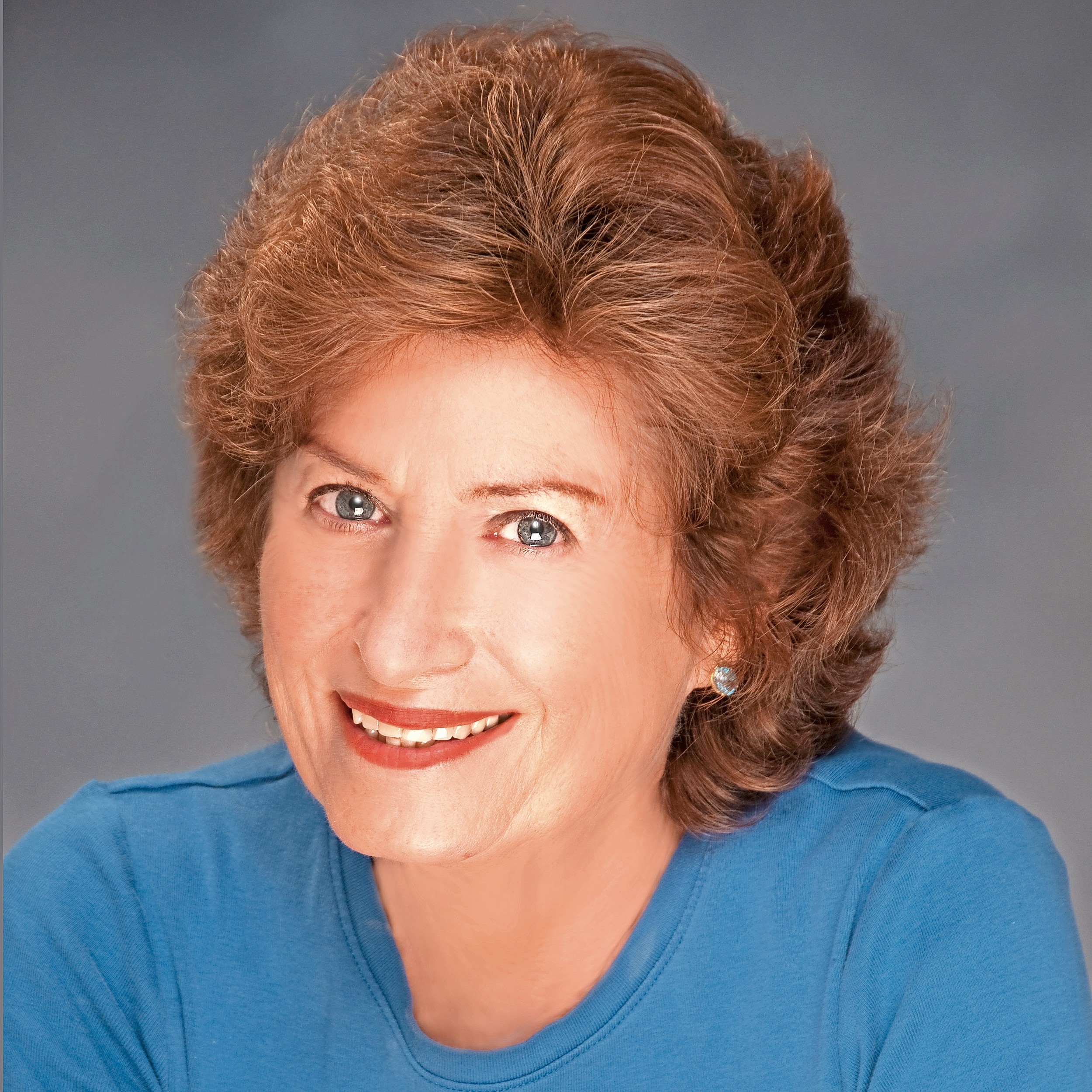Mix the matzo balls or head for the hills?
In the spirit of Passover, when telling the story of the exodus from Egypt is a sacred duty, I would like to return to a story I have told before and plan to tell again.
Perhaps you remember Shoshana Goldberg of Flatbush. She was the woman who made headlines many years ago when she disappeared unexpectedly from her home on Parkside Avenue. It was a few days before Passover, and she told the kids she was going out to buy a pound of string beans. She never returned.
Some suspected foul play, but those of us who prepare the Passover meal each year knew otherwise. It was more likely fowl play. Shoshana had cracked under the strain of wrestling with chickens, juggling matzo balls, cleaning out the closets and bins, entertaining the children who were home from school and planning holiday meals for her nearest and dearest 40 relatives.
I’m sure there are women of other faiths who have also gone AWOL while considering the preparation of baked ham and the roasting of lamb and the coloring of Easter eggs and the setting of the table for a cast of thousands. It isn’t surprising that women run away. It is surprising that so many of us stay.
I know some men cook the Seder meal. Well, that’s not exactly true. I don’t know any men who cook the meal, but I’m sure there must be some. And I know there are all-women’s Seders and children’s Seders and hotel Seders and Seders aboard ship. Still, most times in most families, it is the woman of the house to whom the responsibility falls. Like a ton of potato kugel.
It begins several weeks before, with the anxiety-filled dreams. Does the good tablecloth have any wine stains? Will the brisket be tough? What to bake? Has anyone in the history of the Jewish people ever baked an edible Passover cake? Do I have time to cook fresh or must I freeze? And how to deal with the gastric distress of eating several binding boxes of matzo over an eight-day period?
And no, chocolate does not mitigate the constipating effects, unless you’re thinking Ex-Lax. It is no coincidence that so many gastroenterologists are Jewish — or that their highest patient volume coincides with Passover. Matzo is not a digestible material. Haroses, made of nuts and apples and wine and eaten with matzo, represents the mortar the Jews used to build the pyramids. I rest my case. Those pyramids have been standing for thousands of years. Only Jewish people would embrace a tradition of eating homemade mortar spread on plasterboard.
The menu is a big problem. Most holidays require the consumption of one traditional food, or perhaps two. On Easter it’s ham or lamb. On Hanukkah we eat latkes, another gastric stress test. On Yom Kippur we eat nothing except on the night before and the day after, when we eat everything.
On Passover, the requirements are daunting. There is the Seder plate with its representative foods. It’s followed by the soup, with matzo balls and flourless noodles that dissolve right in the mouth, a quality not usually desired in noodles. Then we serve gefilte fish, which is a kind of composite nautical material floating in gel. With the fish we eat horseradish, a condiment so sharp that it can make you bang your head against the wall to make the pain stop.
After the fish come the chicken and brisket and potato dishes and vegetable puddings, and then tortes and cakes and soufflés for dessert. I’m using many culinary terms, such as “soufflé” and “torte,” to describe the dishes, but don’t be fooled. They’re all made of matzo and they have no taste.
As I write, my pre-Passover anxiety is at its peak. I haven’t done a thing yet except worry. I made one foray this morning to the supermarket to reconnoiter, and returned empty-handed. I wasn’t fully prepared for the crowds or the physical contact. Or the inflated prices, or the transparent attempt to pass off farfel pudding as “tasty.”
I will return when I have meditated long enough to find peace with the process. I will stop for a moment at the string bean display to pay homage to the memory of Shoshana Goldberg.
Then I will feel blessed that I have a grandchild at my Passover table to ask the four questions that must be asked by the youngest child. In Florida, where I visited last week, the youngest child at our model Seder was 68, and he did a good job.
You find blessings where you can.
Copyright © 2017 Randi Kreiss. Randi can be reached at randik3@aol.com.






